Chobe National Park and Kruger National Park are two of the most famous and popular wildlife reserves in southern Africa. Let’s explore each park individually:
Chobe National Park: Chobe National Park is located in northern Botswana, near the borders of Zimbabwe, Namibia, and Zambia. It is renowned for its diverse and abundant wildlife, particularly its large elephant herds. The park covers an area of approximately 11,700 square kilometers (4,500 square miles) and is divided into four main regions: the Serondela area, the Savuti Marsh, the Linyanti Marsh, and the Nogatsaa and Tchinga regions.
Key highlights of Chobe National Park include:
Elephant population: Chobe is famous for its large elephant herds, estimated to be around 50,000. Visitors can witness spectacular elephant interactions and behaviours, especially during the dry season when they gather around the Chobe River.
Boat safaris: The Chobe River provides an excellent opportunity for boat safaris, allowing visitors to observe wildlife from a different perspective and get close to aquatic animals like hippos and crocodiles.
Diverse wildlife: Besides elephants, Chobe is home to a wide array of wildlife, including buffalo, lions, leopards, zebras, giraffes, antelopes, and various bird species.
Savuti Marsh: The Savuti region is known for its predator-prey interactions, with large populations of lions, hyenas, cheetahs, and African wild dogs.
Birdwatching: Chobe is a paradise for bird enthusiasts, with over 450 bird species recorded, including the iconic African fish eagle, kingfishers, herons, and migratory birds.
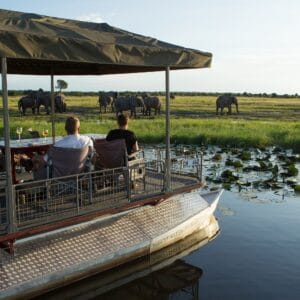
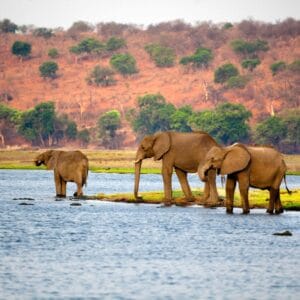
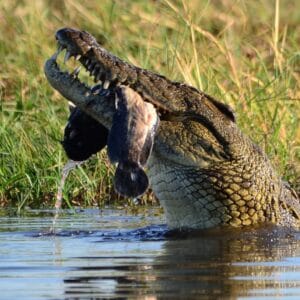
Kruger National Park: Kruger National Park is located in northeastern South Africa and is one of the largest game reserves in Africa, covering an area of approximately 19,485 square kilometers (7,523 square miles). It is renowned for its exceptional biodiversity and is a haven for both wildlife and nature enthusiasts.
Key highlights of Kruger National Park include:
The Big Five: Kruger is famous for being home to the Big Five game animals, namely elephants, lions, leopards, buffalos, and rhinoceros. Visitors have a good chance of spotting these iconic species during their visit.
Self-drive safaris: Kruger offers a well-developed network of roads, allowing visitors to explore the park at their own pace. Self-drive safaris are a popular option, giving tourists the freedom to encounter wildlife on their terms.
Guided safaris: Visitors can also opt for guided game drives led by experienced rangers. These safaris provide valuable insights into the park’s ecology, animal behavior, and conservation efforts.
Private reserves: Adjacent to Kruger, there are private game reserves, such as Sabi Sand Game Reserve and Timbavati Game Reserve, which offer luxurious accommodations and exclusive wildlife experiences.
Birdlife: Kruger National Park boasts a rich birdlife with over 500 bird species, including the majestic African fish eagle, vultures, hornbills, and colourful bee-eaters.
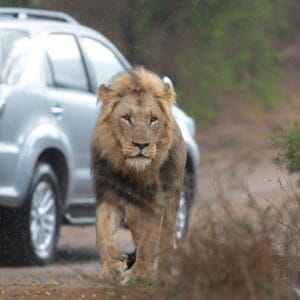
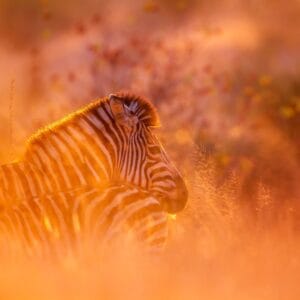
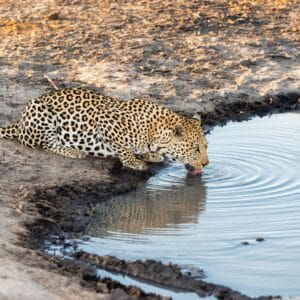
Both Chobe National Park and Kruger National Park offer incredible opportunities to experience Africa’s wildlife in their natural habitats. Each park has its unique characteristics and attractions, ensuring unforgettable encounters with the continent’s diverse fauna.
The above is a personal view of the author.
Jayesh Ashar
Group Managing Director
Pearl Tourism & Leisure Group
Skype: jayeshashar
WhatsApp: +91 98230 75355


